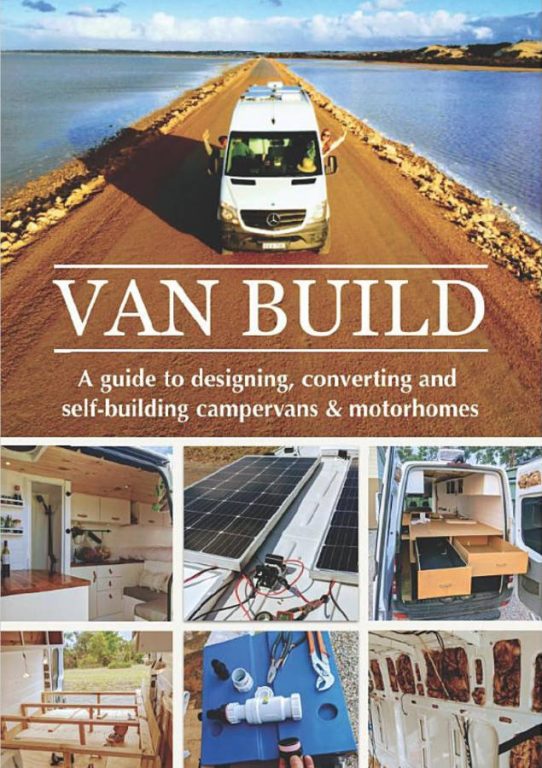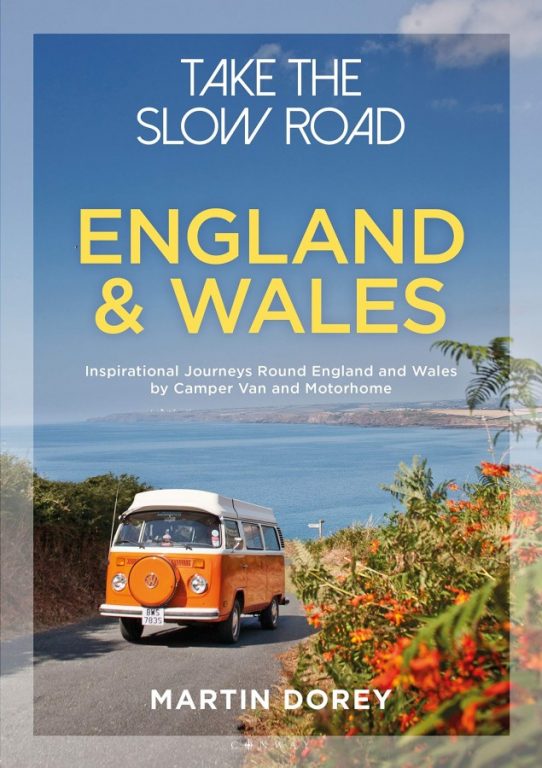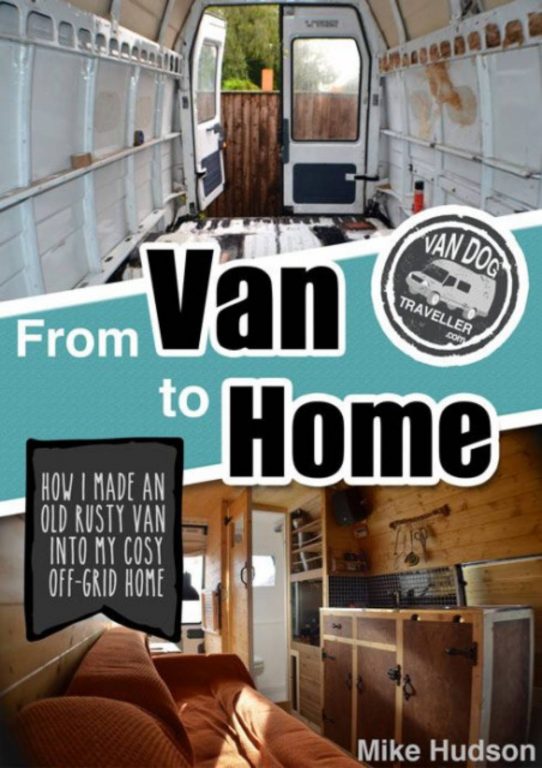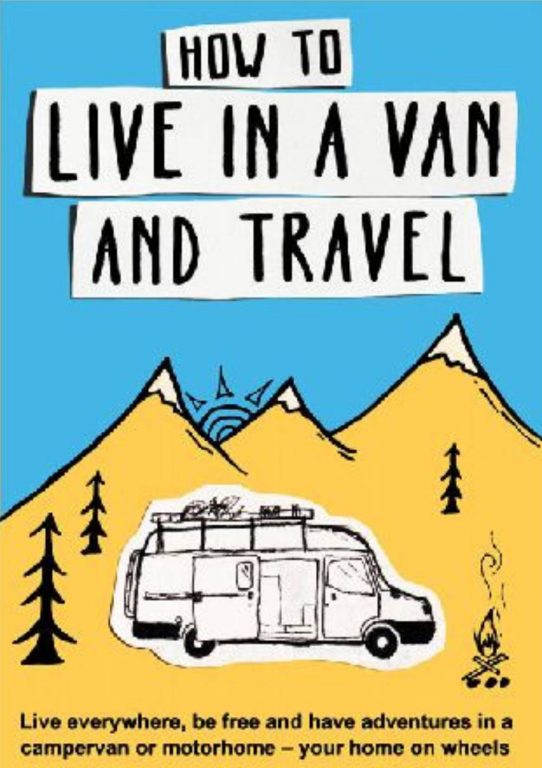Impressive inland towns, pretty coastal villages, great beaches, good surfing, warm weather, megalithic ruins. The Alentejo is a great alternative to the crowds of The Algarve.
Alto Alentejo (Upper Alentejo) : Elvas has spectacular fortifications such as do Portalegre and Castelo de Vide. Hillside sites worthy of a visit include Monsaraz, Evora, Monte and Marvao. The marble towns of Estremoz, Borba and Vila Vicosa have many beautiful homes made from stone from the local quarries. The region also has many prehistoric remains, including megalithic sites with dolmens, standing stones and stone circles.
Baixo Alentejo (Lower Alentejo) : South of Evora the plains have less appeal, and most towns, with the exception of Beja, tend to be dull. The beautiful coastline has many towns and beaches worthy of a visit. The Alentejo coastline is nearly as extensive as the Algarve’s. The Atlantic sea and winds can make a wild coastline, but in summer the water is warm enough for swimming. Surfing here is great outside of summer, and a great place to escape the crowds. The best coastal attractions are lagoons of Melides and Santo Andre, as well as the beaches and towns of Ilha do Pessegueiro, Porto Covo, Vila Nova de Milfontes and Zambujeira do Mar. The industrial town of Sines is to be avoided.
The Alentejo is a large area of sparsely populated plains, full of cork plantations, the one crop suited to the low rainfall, high heats and poor soil. This is one of the poorest parts of Portugal, and indeed Europe. Most of the population derive a living from agriculture, with tourism increasing in scale. Rural traditions are still strong, and there are many great festivals throughout the year. Although the Alentejo is large in area, the coastal section of Alentejo is fairly short, but not without its share of pretty coastal towns and great beaches, many with great surfing potential. There are lots of free camping possibilities along this stretch of coast. Evora is the capital of the region, and one of the most impressive cities in Portugal, with its Roman temple, medieval walls and cathedral.
Alto Alentejo (Upper Alentejo)
Evora
Evora is one of the most impressive and enjoyable cities in Portugal. It has a relaxed atmosphere and is a great setting for a range of monuments, including a Roman temple, Moorish alleys, a circuit of medieval walls, and a grande sixteenth-century ensemble of palaces and mansions which are all in superb condition. The area is under UNESCO protection and has enjoyed a long-term restoration programme. Evora attracts many tourists in the summer months, but is still very enjoyable. Agriculture is still an important part of Evora’s industry, and a has a produce market on the morning of the second Tuesday of the month.
The biggest festival in Evora is the Feira de Sao Joao, a folklore, handicraft, gastronomic and musical festival. The origins of which date from pre-christian times and which takes over the city during the last ten days of June.
The turismo on Praca do Giraldo has maps of the city and province, which include some good walking routes. it can also arrange bicycle tours, which is a good way to visit the megalithic sights in the surrounding area. There are also bus trips to the megaliths, ask at the turismo.
Parking in Evora
There are several car parks at the walks of the city. Some of the car parks are free, and some have suitable parking for large vehicles. The centre is pedestrianised.
Campsites in Evora
Orbitur Evora, Evora
tel: 266 705 190
Clean and well equipped campsite, 2km south west of the town on the N380 Alcacovas Road. There is a restaurant and a swimming pool. It is a 30 minute walk to the city centre. It is easy to cycle to the city as there is a cycle path for most of the route. There is no regular bus service so a taxi is the best option if you do not want to walk or drive. Moderately priced. Open all year.
Restaurants and bars in Evora
Evora has a range of good restaurants, to suit most budgets, located around the centre. Some are listed below. In summer there are a couple of cafes serving late evening drinks: at either Praca do Giraldo, or just off the praca on Rua Joao de Deus.
Adego do Alentejano – Rua Gabriel Vitor do Monte Pereira, 21A. Well cooked traditional food served in a lovely old adega adorned with a giant amphorae. The a la carte menu is a bargain.
Adego do Neto – Rua dos Mercadores 46. Great Portuguese cooking in intimate surroundings. Always busy with locals (the best advertisement). Good value.
Restaurante Cozinha de Santo Humberto – Rua da Moeda 39 (tel: 266 704 251). Excellent establishment highly recommended by the locals, on the street that runs downhill from Praca do Giralbo. Lookout for the small sign. Downstairs, in a converted cellar, you can eat from a fine menu of local dishes. Closed during November. Expensive.
O Fialho – Trav. da Mascarenhas 16. Up a cobbled alley off Praca Aguiar. This is considered to be one of the ten best restaurants in Portugal. Expensive.
Pane & Vino – Patio do Salema (entrance on Rua Diogo Focardo, visible from Rua 5 Outubro) (tel: 266 746 960). A great Italian restaurant in the old stables of a town house. The pizzas are especially good. Very popular with locals and booking is recommended.
O Portao – Rua do Cano. Next to the aqueduct, popular with students for good inexpensive food. Good value.
Around Evora
Around Evora there are over a dozen megalithic sites, dating back from around 3000 BC. For information and directions on all of the sites get the Guide to the Megalithic Monuments of the Evora Region from the turismo in Evora. An impressive stone circle and a three-meter-high menhir at a cork plantation called Os Almendres, 3km west of Evora. Head towards Guadalupe and you will see the signs. Montemor-O-Novo, 30km northwest of Evora, has a castle and convent. 12km south of Montemor-O-Novo are the Neolithic caves of Escoural. The stalagmites in the caves are worth the visit. 6km east of the caves at Sao Brissos is a dolmen chapel similar to that in Sao Dinis at Pavia, which is 20km north of Arraiolos on the N370. The Sao Dinis chapel is a sixteenth-century chapel built within a massive dolmen. See the guide to European megalithic sites. 29km northeast of Evora, along the N18, is the sixteenth-century castle at Evora Monte, on a spectacular position.
West of Evora
Free camping at Barragem Pego De Alter
Known as “Pego” by Brits. Signposted off the N253, Alcacer to Montemor road, 6 miles from Alcacer. Excellent long stay place with plenty of parking. Very popular with the Brits on their way home after their winter tour. Spring water available half way up hill. Toilet and shower also available. Tends to get very busy with locals at weekends from Easter onwards.
Free camping at Barragem De Montergil
Situated on the N2 between Abrantes and Montemor. Entrance to camping area along side Shell garage. Water available. Trees could cause problems on entering for large vehicles.
Estremoz, Borba and Vila Vocosa – the marble towns
Estremoz, 46km northeast of Evora, and the surrounding towns have the unusual trait of being so rich in marble, that many buildings are built from it. Estremoz, the largest and liveliest of the towns, has a market every Saturday at the Rossio, the main square of the lower town. Its a huge marketplace surrounded by bars, restaurants and churches. The market is known for selling some of the best cheeses in Portugal. Estremoz has a Lidl supermarket in town, and a Pingo Doce supermarket further out, from where you can see the marble quarry, which is a site worth seeing.
Free camping and parking in Estremoz
There are several large dirt and hard surface car parks around the town. For the largest head towards the sports centre and you will see it, just off the roundabout. The central plaza is also a large car park, although it does get busy early in the morning, and you should avoid saturday mornings as this is the site of the market. There is also a car park next to the Pingo Doce supermarket, just north of town
Borba, 11km east of Estremoz, is a dazzling white little place, where everything is whitewashed or made of marble. The fine eighteenth-century fountain is the notable sight.
6km southeast of Borba is Vila Vicosa. Lined with enormous marble quarries, in town everything, including pavements to the bus station toilets are made from local marble. The town is also famous for the Paco-Ducal, the last palace-residence of the Baraganca dynasty.
Elvas
40km east of Estremoz is the hilltop town of Elvas. Long one of the Portuguese mightiest frontiers, a response to the Spanish stronghold of Badajoz, just 15km away. The star-shaped walls and trio of forts are among the most complex and best-preserved military fortifications surviving in Europe. Elvas is a delightful town with all cobbled streets and mansions. There is a summer (May-Sep) campsite on the outskirts of town, on the N4 towards Estremoz.
Baixo Alentejo (Lower Alentejo)
Beja
Beja, commanding its strategic position in the centre of the surrounding plains, has long been an important city. Founded by Julius Caesar in 48BC. The fifteenth century convent is worthy of a visit, today a museum. The castelo rises dramatically on the edge of the old quarter. The pre-Moorish basilica of Santo Amaro is today an archeological museum. The turismo is located south of the central squares at Rua Capitao J. F. de Sousa 25. The Fiesta da Cidade, in May, is a month-long celebration of music, dance, food, drink and bull fighting.
Parking in Beja
Follow the signs for the campsite. There is lots of parking on the road outside the campsite, suitable for large vehicles also.
Campsites in Beja
Municipal campsite, Beja – Recommended
tel: 284 324 328
A fairly pleasant and shaded campsite. Located on the south side of town, past the stadium on Avenida Vasco da Gama. Adjoins the local swimming pool and tennis club. Open year round. Very cheap.
Serpa
The small market town of Serpa is 30km east of Beja. Serpa offers the classic attractions of the region: a walled centre, a castle and narrow, whitewashed streets. Serpa makes an enjoyable stop. The town has had a history of occupation by the Celts, Romans, Moors and Spaniards. The Moorish castle is the dominating attraction. It is free, and has great views. There is a well preserved eleventh-century aqueduct. The turismo is at Largo Dom Jorge de Melo 2.
Campsites in Serpa
Serpa campsite
tel: 284 543 290
Well equipped campsite at the southwest corner of town, near the swimming pool complex. Very cheap.
Costal Alentejo
Sines
Stopping in Sines is not recommended. It is an industrial town, littered with oil refineries and processing plants. If you need to stop for the day or night nearby Porto Covo is a much better location. However, Sines does have the only large supermarkets in the region. Lidl, Intermache and Plus stores are on the edge of town, and access is easy.
Porto Covo
Porto Covo is a simple whitewashed town with a small cove harbour. There is a campsite in the village. Developers are slowly building around Porto Covo, yet it remains a pleasant lively town. There are a series of beautiful coves stretching along the coastline, with many free camping possibilities. The Ilha do Pesseguerio is within walking distance. There is a summer only turismo in the main square. The library has internet access, and doubles as a turismo. There are a few Multibanco ATMs in the village, and a couple of mini-mercados for provisions. The Petro Coop supermarket, at the coastal side of town is the biggest grocery store. The newsagent near the library acts as a post office.
Free camping in Porto Covo
There are lots of free camping possibilities around Porto Covo. Along the coast road, north and south, there are lots of car parks and bays amongst the dunes, where it is possible to stop. Almost all have sea views, some have rubbish and and recycling bins. There is also a popular spot close to town, at the western end of the main streets of the town. There is an official ‘autocaravana’ zone, between the Galp fuel station and the school. Although not the best spot, it is an option during peak times; has fresh water tap and waste water point. Toilets available at the municipal market. There are fresh water taps in the pedestrianised square of the town.
Campsites in Porto Covo
Camping Porto Covo
tel: 269 951 178
Overlooking the island south of Porto Covo. Open all year round.
Ilha do Pessegueiro
Ilha do Pessegueiro (Peach Tree Island) cab be reached from the Porto Covo-Vila Nova de Milfontes road, but the nicest approach is to walk, following the coastal path from Porto Covo. It is about 2km and on the walk you will pass the remains of a Bronze Age Burial site. The name actually refers to the mainland beach. The island itself is 1km offshore and reachable by local fishing boats. There is a campsite on the mainland. It is also possible to camp on the island, but there are no facilities. It is a 20km walk from Vila Nova de Milfontes.
Driving Porto Covo to Vila Nova de Milfontes (or vice versa)
The small coast road N1072 is the quickest route between Porto Covo and Vila Nova de Milfontes, but it is rough and narrow in sections. Driving the longer route using the main roads (IC4, N120, N390, via Cercal) is not much better, as this road is also very bad. however it may be better for larger vehicles.
Praia do Malhao
Malhao is a big and little visited beach, especially out of season. It is a great place for surfers looking to find quiet waves. It is difficult to find though.
To get Praia do Malhao: From the N390 road, north of Villa Nova de Milfontes, in the town of Brunheiras, immediately south of the primary school, take the turning heading west. Drive along this road for about 2 kms. The road to the beach is on the left, the road widens slightly, as there is a extra lane for traffic to turn left. There is normally a large bin here. There are no signposts. The lane is sandy, but hard, and all vehicles should be fine, even after rain. Drive down the lane and you will see the beach and parking areas. The locals are friendly, and the police have not been known to move anyone on.
Free camping at Praia do Malhao
There are several flat areas where free camping is possible, outside of summer. There are no facilities here. Vila Nova de Milfontes is the closest town.
Vila Nova de Milfontes
Vila Nova de Milfontes lies on the estuary of the Rio Mira. It is a pleasant town, with a range of shops and restaurants. There are beautiful views across the river and ocean from the headland, with free camping options around. The town has been developed since the 1980’s, and is probably the busiest resort in the Alentejo, but it still retains its charm. There is a turismo on Rua Antonio Mantas. The turismo can arrange horse riding, bike rental and river trips. There is a post office in the town, at the western end. There is a good internet cafe, which opens afternoons and evenings.
Shops in Vila Nova de Milfontes
Vila Nova de Milfontes has a number of good shops. As well as the main street there are some shops on the roads off of the main street. There is a supermarket and a few handy bazars selling cheap everyday goods. There is a supermarket (Litoral, open on Sundays) in the shopping centre, next to the mercado, where parking for large vehicles is easier than on the main street.
Free camping in Vila Nova de Milfontes
South of the river is a remote, sheltered, quiet riverside spot with a couple of restaurants, easy beach access, but down a rough road. North of the river is easy access, within easy walking distance of town, but exposed to the wind.
South of the river: The most sheltered and quietest spot is south of the river.The views here are beautiful. There are two bar/restaurants. It is a short walk to the beach. To get there: Take the N393 from outside of the town and head south towards Odemira. Go over the bridge and up the hill. Turn right when you get to the roundabout, sign posted Fumas, which is the beach. This road is rough, but OK for large vehicles if you go slow. Either stay on this road all the way down to the end, and then turn left onto the riverside. Or take the left turn further back to get to Praia Das Furnas. The riverside is sheltered from most winds, and has good views. This is a remote spot and stocking up on supplies before you go is a good idea, although sometimes a mobile shop van comes around selling basic goods (water, fruit, etc).
North of the river: There are a few spots north of the river towards the headland, with excellent views. There are toilets and bins. There is also a large restaurant.The maritime police are based on the headland, which should provide some security.
Campsites in Vila Nova de Milfontes
There are 2 campsites just north of the town. Both are signposted.
Parque de Milfontes, Vila Nova de Milfontes
tel: 283 996 104
A massive campsite with excellent facilities.
Campiferias, Vila Nova de Milfontes
tel: 283 996 409
More modest than Parque de Milfontes. Closed December.
Almograve
South of Vila Nova de Milfontes the coast becomes even more rugged and spectacular. The small resort of Almograve is 5km west of the main road. The waves crash against the rocks here, and swimming is not recommended, but there is good surfing potential. At high tide most of the beach disappears. Camping is possible just about anywhere back from the beach. There are a few cafes and bars.
Free camping in Almograve
Parking and free camping on cliffs above the beach. There are toilets here that are closed at night.
Odemira
In summer the coastal resorts can get crowded, when Odemira can be a better place to stay. It is a pretty enough town. There is a campsite out of town. There are bars and restaurants. The O Cais terrace-bar down by the river has live music at weekends.
Campsites in Odemire
Odemira campsite, Sao Miguel
tel: 282 947 145
Has good facilities including a tennis court and swimming pool. Out of town at Sao Miguel.
Zambujera do Mar
Zambujera do Mar, the last resort of the Alentejo, is 7km west of the main road. It is a bit of a run-down village, with the cliff providing a scenic backdrop to the beach. It can get crowded in summer. The beach here has good surfing potential. There is a campsite. The best restaurants are the Taverna Ti Vitorio and the Cervejaria A Marisqueria. The Clube da Praia is a popular tack late-night bar/discoteca. The river crossing road at Odeceixe twists into the hills of the Algarve, and provides good scenery. If you are heading for the south coast of the Algarve take the road from Odemira through the Serra de Monchique which takes you across the stunning hills onto the Algarve coast at Portimao.
Free camping in Zambujera do Mar
Vans free camp on the cliff-top car park south of the beach.
Campsites in Zambujera do Mar
Zambujera do Mar campsite
tel: 283 961 172
Reasonable campsite, about 1km from the cliffs. Has a cafe-bar.
South from Zambujera do Mar you travel into The Algarve.





Cheers for this, cracking little resource as I plan my my little surf adventure in portugal. Cheers!
I would recommend Porto Covo
I would recommend Porto Covo and Praia do Malhao.
Porto Covo has several car parks where you can park very close to the sea, and a large carpark in the town for motorhomes.
Praia do Malhao is right by the sea and a lovely spot.
At that time of year the police might be moving campers on, so ask around before you stop for the night.
Do let us know how you got along 🙂
TRIP TO PORTUGAL 7BERTH CAMPER VAN
HI DARREN WE ARE GOING ON A 3WEEK CAMPER VAN TRIP LAST WEEK JULY AND 2WEEKS IN AUG WE ARE GOING TO STAY IN THE ALENTEJO AREA OF PORTUGAL FOR A WEEK CAN YOU RECOMEND A GOOD PLACE TO STAY BY SEA FREE THANKS IAN MAYBE WE CAN TELL YOU HOW IT WENT